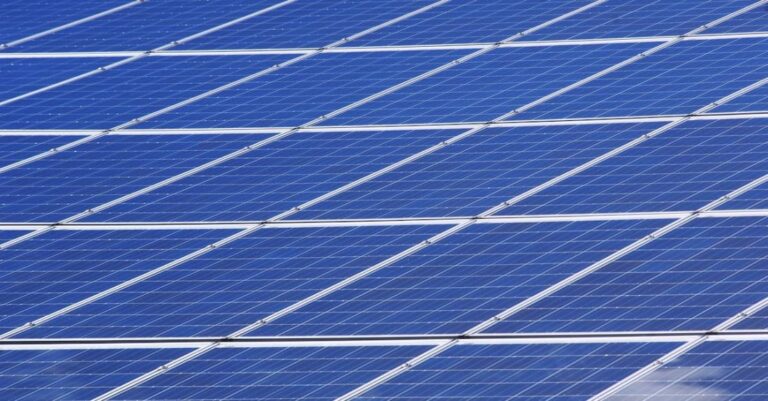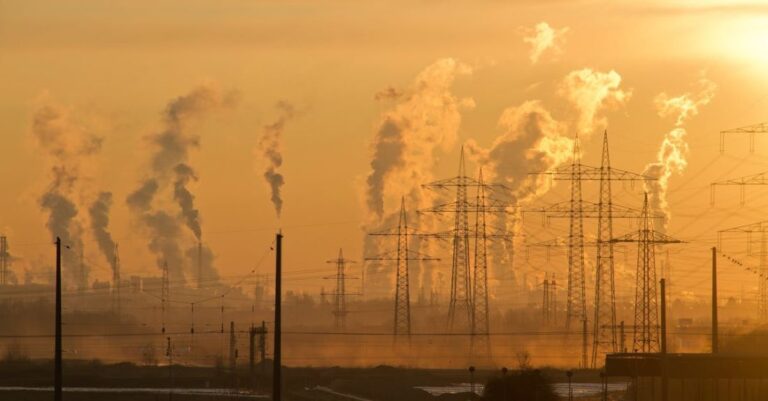
As humanity faces the pressing challenge of climate change, the demand for eco-friendly technologies has surged. Innovations in sustainability have become a key focus in various industries as companies strive to reduce their environmental impact. From renewable energy sources to biodegradable materials, eco-friendly technologies are shaping the way we live and interact with the world around us. Let’s delve into the current trends in eco-friendly technologies that are driving positive change for the planet.
**Renewable Energy**
One of the most prominent trends in eco-friendly technologies is the rapid growth of renewable energy sources. Solar power, wind energy, and hydropower have gained significant traction as clean alternatives to fossil fuels. Solar panels are becoming more affordable and efficient, making solar energy an attractive option for both residential and commercial applications. Wind turbines are also being installed on a larger scale, harnessing the power of the wind to generate electricity. Hydropower, derived from flowing water, is another renewable energy source that is being harnessed to produce clean electricity.
**Energy Storage Solutions**
As the adoption of renewable energy sources grows, the need for efficient energy storage solutions has become paramount. Energy storage technologies, such as batteries and pumped hydro storage, are being developed to store excess energy generated from renewable sources for use during times of high demand. Advances in battery technology have led to the development of high-capacity, long-lasting batteries that are crucial for storing renewable energy on a large scale.
**Electric Vehicles**
The transportation sector is undergoing a significant transformation with the rise of electric vehicles (EVs). EVs are becoming increasingly popular due to their lower carbon emissions compared to traditional gasoline-powered vehicles. Major automakers are investing heavily in electric vehicle technology, developing models with longer ranges and faster charging capabilities. The shift towards electric vehicles is not only reducing greenhouse gas emissions but also decreasing our dependence on fossil fuels.
**Smart Buildings**
The concept of smart buildings is gaining momentum as a key trend in eco-friendly technologies. Smart building technologies integrate sensors, automation systems, and energy management tools to optimize energy usage and reduce waste. These technologies enable buildings to adjust lighting, heating, and cooling systems based on occupancy and environmental conditions, leading to significant energy savings. Smart buildings not only help reduce energy consumption but also enhance comfort and productivity for occupants.
**Circular Economy Practices**
In a bid to reduce waste and promote sustainability, circular economy practices are becoming increasingly popular among businesses. The circular economy model focuses on minimizing waste by reusing, recycling, and repurposing materials and products. Companies are implementing strategies such as product lifecycle assessments, eco-design principles, and waste reduction initiatives to create a more sustainable supply chain. By embracing circular economy practices, businesses can contribute to reducing their environmental footprint and conserving resources.
**Biodegradable Materials**
The use of biodegradable materials is another emerging trend in eco-friendly technologies. Biodegradable materials decompose naturally, reducing the amount of waste that ends up in landfills or oceans. Bioplastics, made from renewable resources such as corn starch or sugarcane, are being used as an alternative to traditional plastics. Biodegradable packaging materials are also gaining popularity as companies seek to reduce their environmental impact and meet consumer demand for sustainable products.
**Green Building Practices**
Green building practices are revolutionizing the construction industry by promoting sustainable and energy-efficient building design and construction. Green buildings are designed to minimize energy consumption, reduce water usage, and lower carbon emissions. Features such as energy-efficient lighting, solar panels, green roofs, and recycled materials are incorporated into green building projects to create environmentally friendly structures. Green building certifications, such as LEED (Leadership in Energy and Environmental Design), are driving the adoption of sustainable building practices worldwide.
**Innovative Water Conservation Technologies**
Water scarcity is a growing concern in many parts of the world, driving the development of innovative water conservation technologies. Technologies such as rainwater harvesting systems, greywater recycling systems, and smart irrigation systems are being implemented to reduce water waste and promote efficient water usage. These technologies help conserve water resources, reduce water bills, and mitigate the impact of droughts and water shortages.
**The Future of Eco-friendly Technologies**
The trends in eco-friendly technologies are continuously evolving as companies and individuals prioritize sustainability and environmental stewardship. From renewable energy sources to green building practices, the shift towards eco-friendly technologies is reshaping industries and driving positive change for the planet. As technology advances and awareness of environmental issues grows, we can expect to see even more innovative solutions emerge to address the challenges of climate change and create a more sustainable future for generations to come.
**In Summary**
Eco-friendly technologies are driving significant advancements in sustainability across various industries. From renewable energy sources to smart buildings and biodegradable materials, the trends in eco-friendly technologies are shaping a more sustainable future for our planet. As the demand for eco-friendly solutions continues to grow, we can expect to see further innovations that will help combat climate change, reduce waste, and conserve resources. Embracing these trends in eco-friendly technologies is essential for creating a more sustainable and environmentally conscious world.





